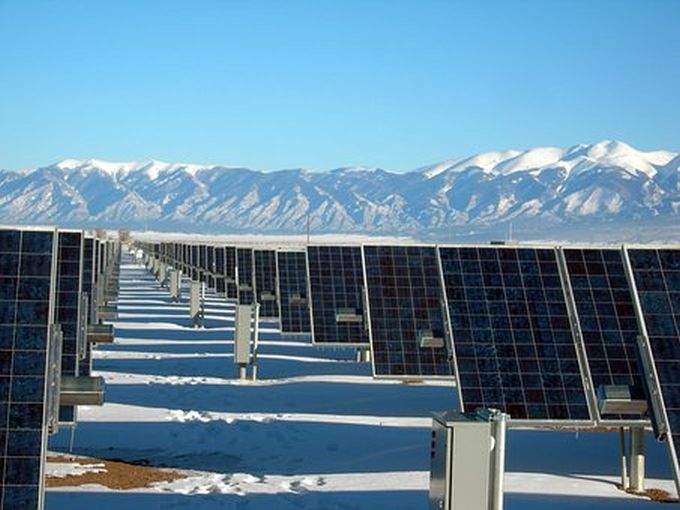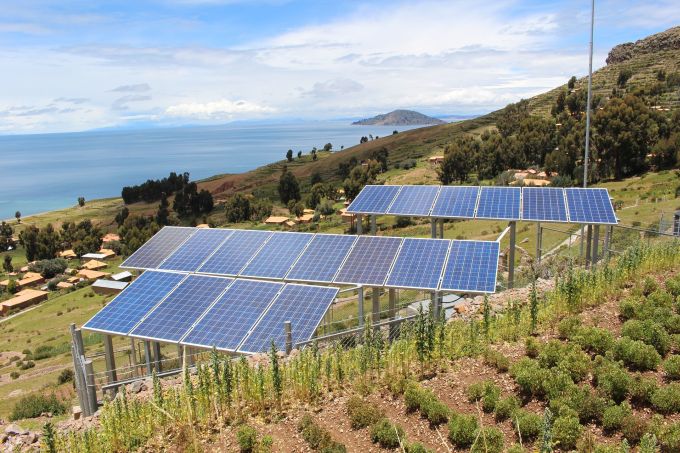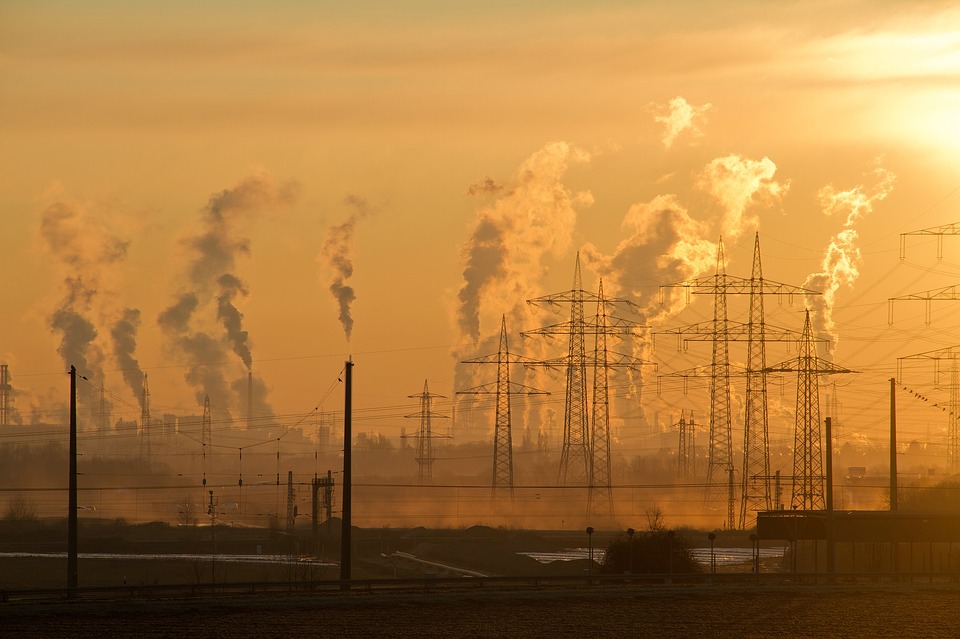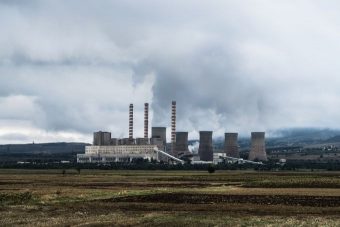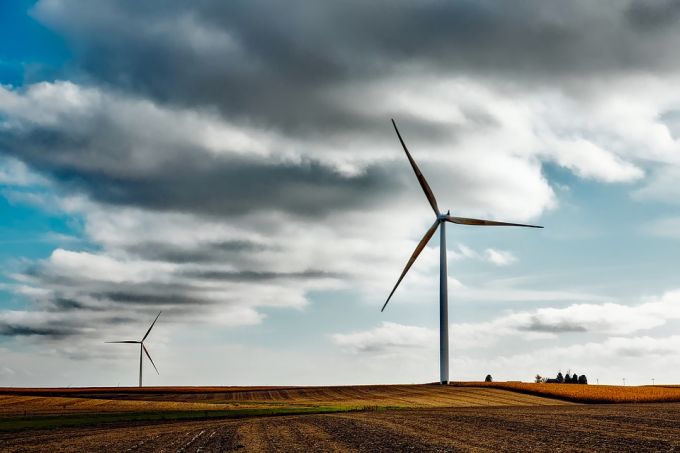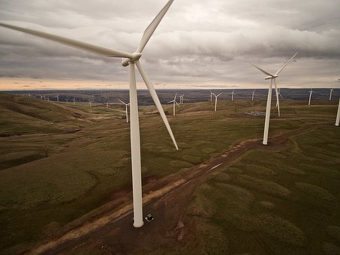
Ecoplexus Inc. (San Francisco, CA, U.S.) a developer of solar photovoltaic (PV) systems, recently announced that it has begun construction on three more ground-mounted photovoltaic (PV) installations in North Carolina.
The Baker, Benthall Bridge, and Turkey Creek solar parks represent a combined investment of more than USD 45 million, the company notes.
These PV facilities will be interconnected into Dominion North Carolina Power’s electrical grid, increasing the capacity of clean energy the utility has to distribute around the state.
This will be an essential addition to the state’s power supply after Hurricane Matthew swept along the East Coast on October 7th and 8th, leaving almost 100,000 people without power.
Solar projects are on schedule despite Hurricane Matthew
Despite the hurricane’s best efforts to delay construction, all three solar projects are on schedule to be completed by the end of the year.
Two of the three PV projects will be added to Ecoplexus’ growing IPP asset base and the third will be owned by a large U.S. utility with Ecoplexus providing ongoing asset management and operations and maintenance services for all the facilities.
These projects will provide 50 gigawatt-hours of solar power annually, enough to power 5,200 homes.
Source: solarserver.com

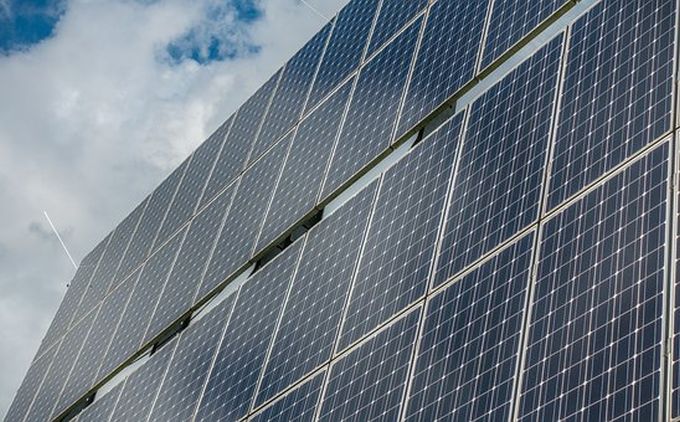
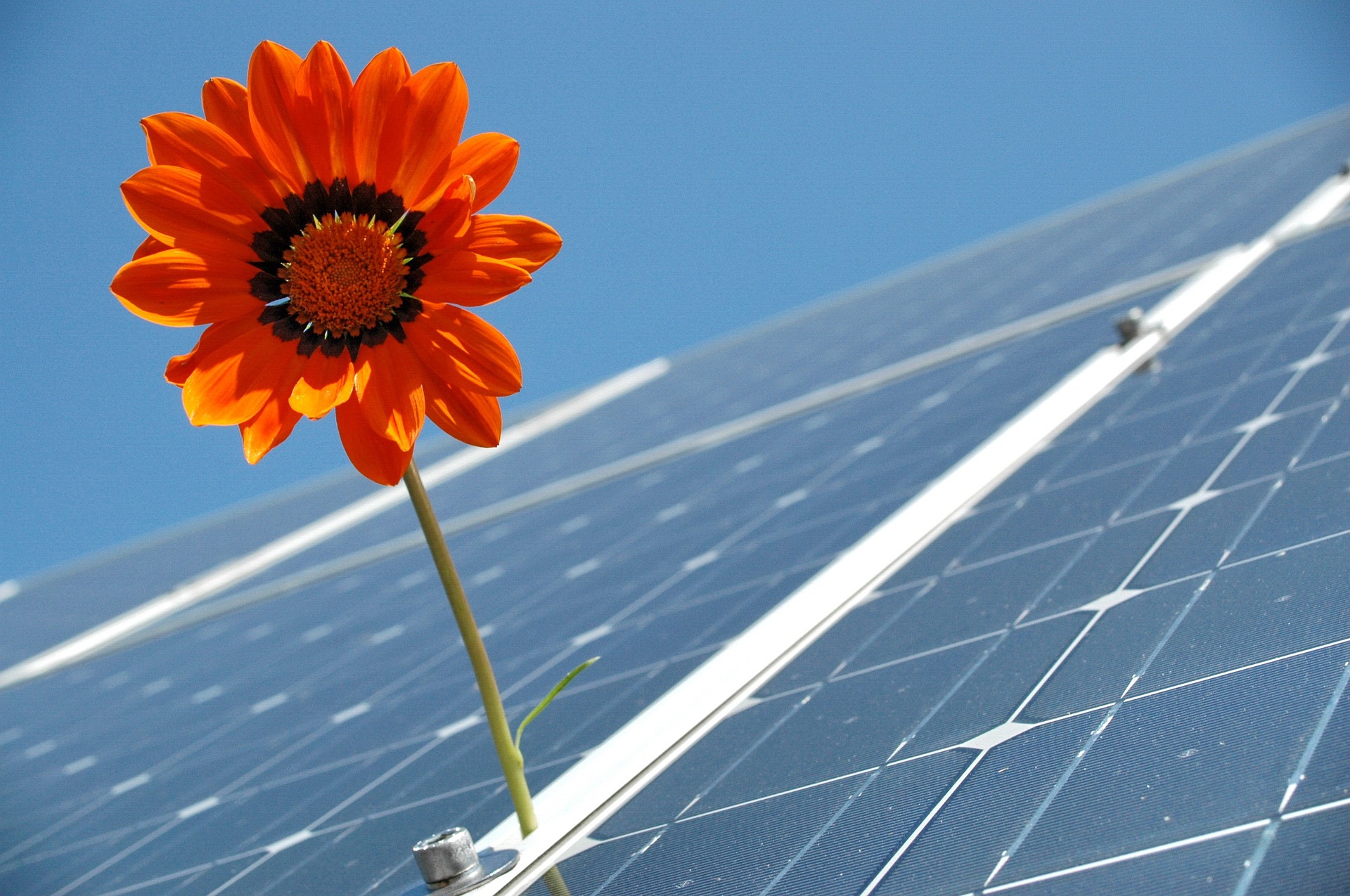

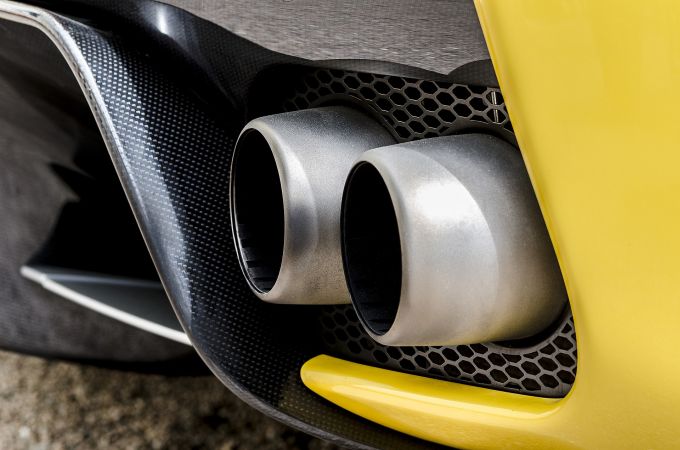
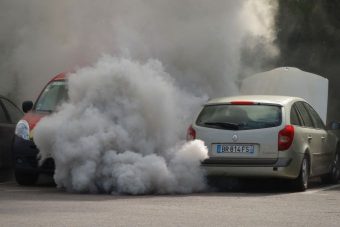
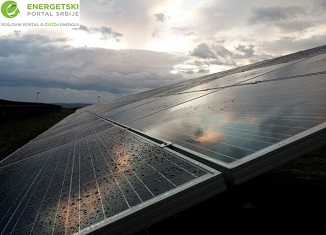







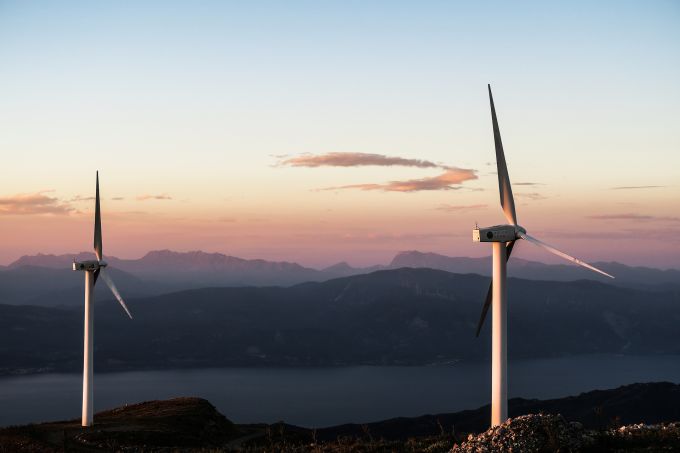

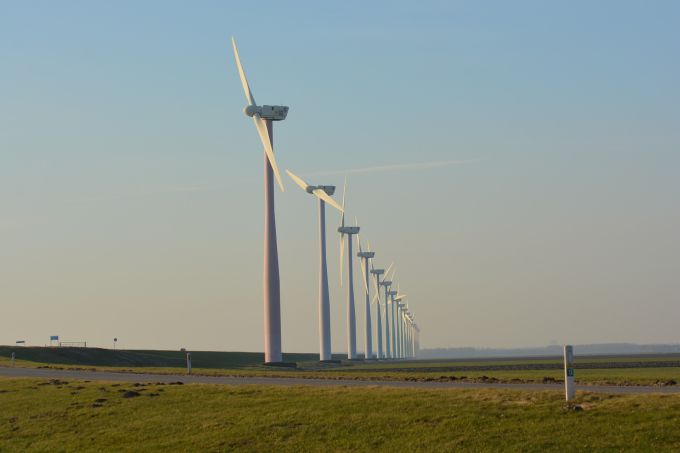
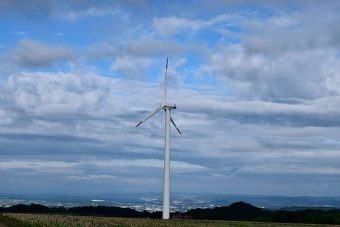



 Tesla Motors is starting to build its electric cars with all the sensors, cameras and other gear needed to drive completely on their own when regulations allow the technology to take over that responsibility.
Tesla Motors is starting to build its electric cars with all the sensors, cameras and other gear needed to drive completely on their own when regulations allow the technology to take over that responsibility.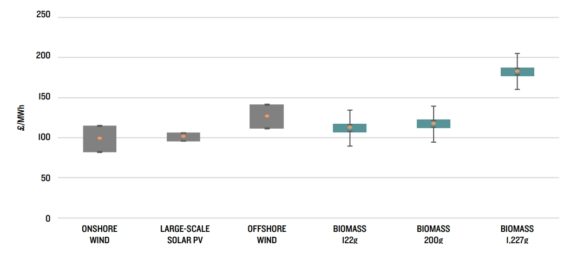
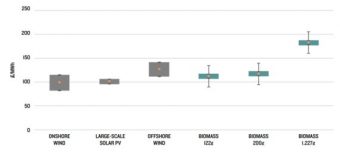 A new study has concluded that transitioning to wind and solar power would be a cheaper option for the United Kingdom to replace its coal fleet than using biomass electricity generation.
A new study has concluded that transitioning to wind and solar power would be a cheaper option for the United Kingdom to replace its coal fleet than using biomass electricity generation.